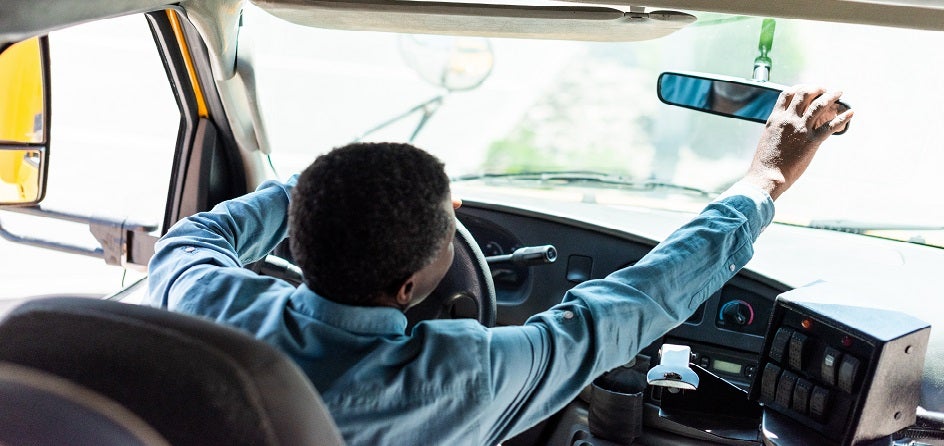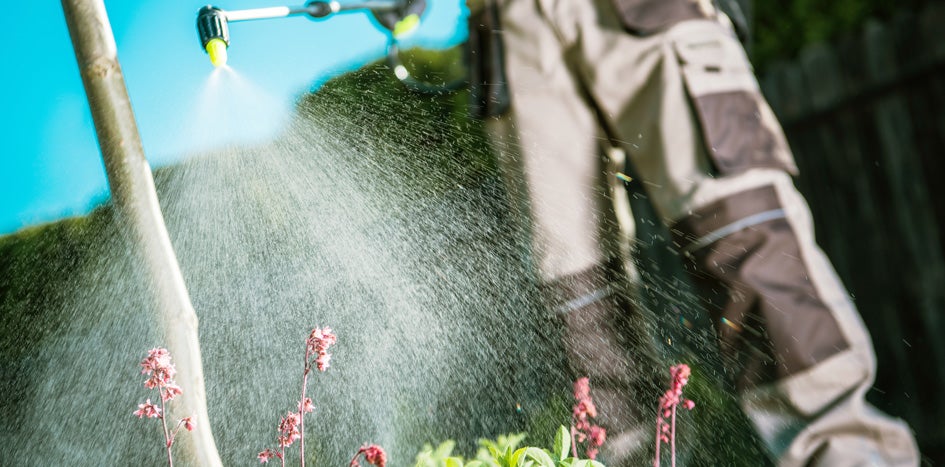Your Eyes, Your Voice, Your Role in Preparedness
Keeping a school safe is not just about locks, cameras, or emergency drills. True safety is built into the little things we all do every day—paying attention, speaking up, and knowing what to do if something doesn’t seem right.
Here’s how everyday awareness becomes the foundation of emergency preparedness.
Noticing the Little Things
Preparedness begins with awareness. Some of the biggest risks show up in small details we see every day:
- A door propped open
- A gate that doesn’t latch properly
- An unfamiliar visitor walking across campus without a badge
- A severe weather alert that is missed during morning arrival or afternoon dismissal
Speak Up
The Texas School Safety Center stresses the importance of reporting near misses. But too often, someone notices a risk and thinks, “I’m sure someone else will handle it.” When everyone makes that assumption, the issue goes unaddressed.
The Fund encourages schools to create a culture of reporting. Reporting should feel normal, encouraged, and expected. Whether it is a suspicious vehicle parked by the playground, a broken lock, or a PA system that failed to activate during a drill, staff should feel confident passing this information on immediately.
Leadership Sets the Tone
Creating a culture of reporting starts at the top. When principals, administrators, and supervisors take every report seriously, they send a clear message that staff reports matter.
Following up quickly, providing feedback, and even celebrating when an incident was prevented because someone spoke up reinforces the safe behavior. Recognition doesn’t have to be formal. A simple thank-you at a staff meeting or a note of appreciation can make a big difference.
When leaders model attentiveness and responsiveness, they encourage everyone to stay engaged and help build a schoolwide mindset that safety is a shared responsibility.
Knowing Your Role in an Emergency
Strong leadership and a culture of reporting set the foundation, but preparedness ultimately comes down to everyone knowing what to do when it matters most. The Texas Education Agency requires schools to train staff on their responsibilities before, during, and after a crisis:
Before: Help ensure drills are practiced seriously, exits stay clear, and radios or intercoms are working. Notify area first responders of the drill type, date and time, if appropriate.
During: Carry out your assigned tasks, whether that means guiding students to shelter, locking doors, or monitoring hallways.
After: Support student reunification, account for students, and share feedback about what worked and what needs improvement.
From Awareness to Action
Awareness only moves the needle if it leads to action. Schools can encourage staff to turn observations into preparedness by:
- Learning evacuation routes and rally points
- Treating drills as practice for real events, not as interruptions
- Double-checking radios, PA systems, and intercoms before they’re needed
- Understanding the Standard Response Protocol (SRP) actions—Hold, Secure, Lockdown, Evacuate, Shelter
The TxSSC provides drill guidance and SRP resources that districts can use to make sure practice matches real-world scenarios. The more familiar staff are with these actions, the more confident they will feel in carrying them out.
Connecting to Resources & Compliance
Safety in Texas isn’t left to chance. There are clear requirements and resources:
- Texas Education Agency: Sets expectations for Emergency Operations Plans, mandatory drills, and safety audits
- Texas School Safety Center: Provides templates, training, and resources to help districts strengthen preparedness
- The Fund: Offers toolkits, tabletop exercises, and consultations to help districts go beyond compliance and strengthen everyday safety practices
- Texas Division of Emergency Management: Assists schools with emergency operations planning, training, and resources to strengthen preparedness and compliance with state safety requirements.
Protecting People and Property
The goal is simple: protecting students, staff, and campuses. Closing a propped-open door might prevent an intruder from entering. Reporting a faulty alarm could save lives in a fire. Acting on a weather alert could get students to safety before the storm hits.
These decisions also protect the district from liability. Courts may ask if schools took “reasonable steps” to prevent harm. By embedding awareness into daily practice, districts show due diligence while creating safer environments for learning.
Everyone Should Do Something
Texas schools face a wide range of safety challenges. But safety does not have to feel overwhelming. It’s not about one person doing everything. It’s about everyone doing something.
By noticing risks, speaking up, knowing roles, practicing drills, and connecting daily awareness to resources, schools can build a culture of safety.
For more information, contact Andy Michael, TASB School Safety and Security Consultant, at andy.michael@tasb.org.

Andy Michael
Andy Michael joined TASB Risk Management Services in 2025, providing guidance to help Texas school districts enhance safety, security, and emergency preparedness. He served with the Austin Police Department for more than 22 years, leading multiple units before transitioning to Lake Travis ISD, where he served as safety & security coordinator. Michael later established and led the district’s police department as chief of police and director of security.
You May Also Like…
View All Related Insights
Breaking Down Entry Level Driver Training Requirements
Federal entry level driver training requirements apply to CDL holders, including bus drivers. Do these four things to help your schools comply.

Are You Managing Electronic Waste Safely and Compliantly?
Before you dispose of electronic devices or transfer them to students, make sure they're wiped clean of sensitive data.

Complete These District Audit Report To-Do’s Before Summer Break
Districts should conduct climate surveys and intruder assessments while stakeholders are accessible and staff, students, and visitors are coming and going.

A Bird’s Eye View of Integrated Pest Management Compliance
State law requires schools to designate a trained integrated pest management (IPM) coordinator and implement an IPM program that includes these core elements.
